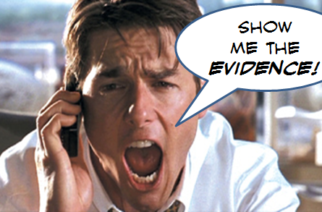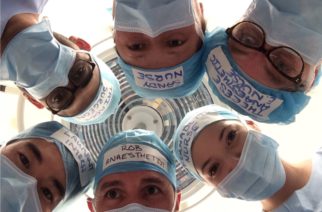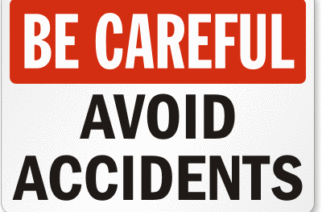If patient safety is to improve healthcare needs to change. The historical top down approach which has hindered improvement requires a transition into one where decisions are driven from the front line. Those corporations who’ve introduced front line driven frameworks (e.g. Toyota Production System – see here) provide the highest quality in […]
Author: patientsafe@icloud.com
11. Distraction
Front line work environments are full of unnecessary distractions detracting focus from the task at hand. They come in many forms from a noisy vacuum cleaner disrupting a patient consult, to a poorly designed electronic medical recording system. Dr Gordon Caldwell has presented much work specifically looking at how distraction […]
14. Show Me The Evidence
If you went skydiving, would you first ask for scientific evidence from a randomized trial that a properly functioning parachute prevents injury before you’d consider using one during your freefall? Probably not. In fact, no such study exists. Of course, some people without a parachute have survived a freefall from […]
Know You’re Human
The patient declined rapidly, the arrest call went out, staff rushed into the operating room. Some helped obtain intravenous access, others drew up adrenaline, and the arrest trolley was brought in. As the patient’s cardiac output disappeared the anaesthetist asked for someone to commence cardiac compressions then turned to put […]
13. The ‘C’ Word
Even when there’s overall agreement a proposed intervention will improve patient safety there’s one word which can stop its implementation. This word is most often used by those in authority – in accepting the intervention they’ll need to accept the previous way they presided over wasn’t as good. The ‘C’ […]
10. Alerts and other less effective interventions
It’s counter-intuitive that an alert designed to improve safety may actually be detrimental to patient care. Unfortunately alerts on their own may absolve governing bodies from ensuring more effective interventions. The diagram below (created by Cassie McDaniel) neatly demonstrates which interventions are most effective at improving safety. Forcing functions represent […]
9. Dispersion
When an aeroplane crashes hundreds often die. This concentration of deaths lends the aviation industry tremendous energy in ensuring the same adverse event doesn’t happen again. Healthcare rarely benefits from the same fate. ‘Over the last few years NSW Health have received numerous reports of death and morbidity from central […]
8. Complexity
Recently a tragic mix up where oxygen tubing was connected to a urinary catheter resulted in the death of ex-Socceroo Steve Herczeg (see here). ‘How can anyone make this mistake?’ Unfortunately events like this occur regularly – we often only here of them via the media – our error report […]
Mobile Phone Reception Survey
We’re trying to improve mobile phone reception in hospitals in the interest of better patient care. Australian hospital staff can you help? Please consider completing & sharing this very brief (<1min) survey: CLICK HERE Perhaps one of the greatest obstacles to optimal patient care is an inability for front line […]
7. The Blame Game
One major objective of a ‘Root Cause Analysis’ is to: ‘Look for improvements rather than apportion blame’ Recently, a tragic gas pipeline crossover resulted in death of a newborn, and left another with severe brain injury. Prior to this incident many clinicians believed pipeline errors had been relegated to history. Unfortunately pipeline […]










